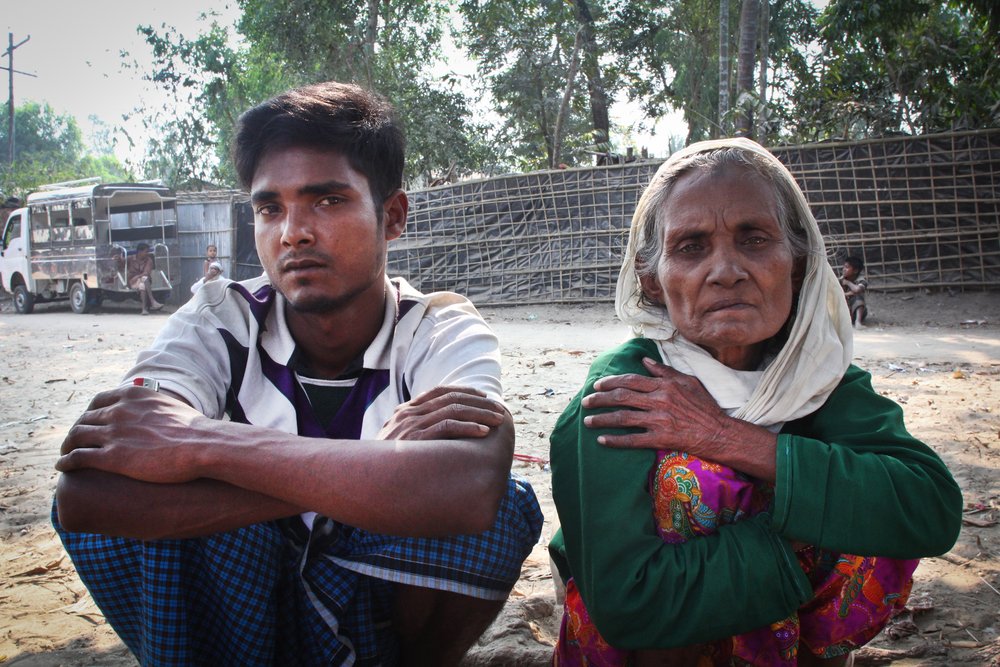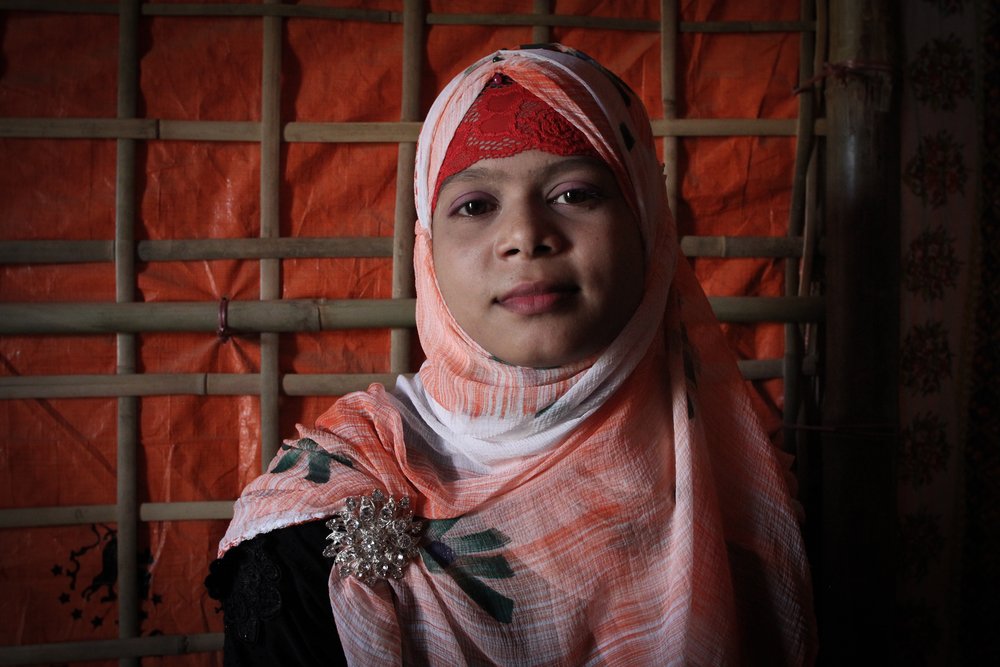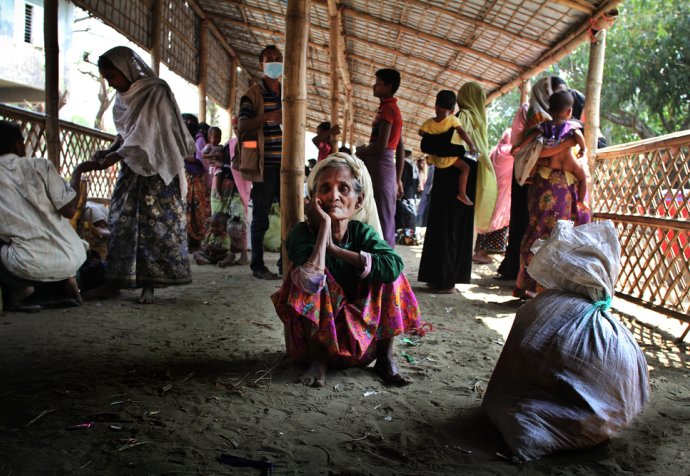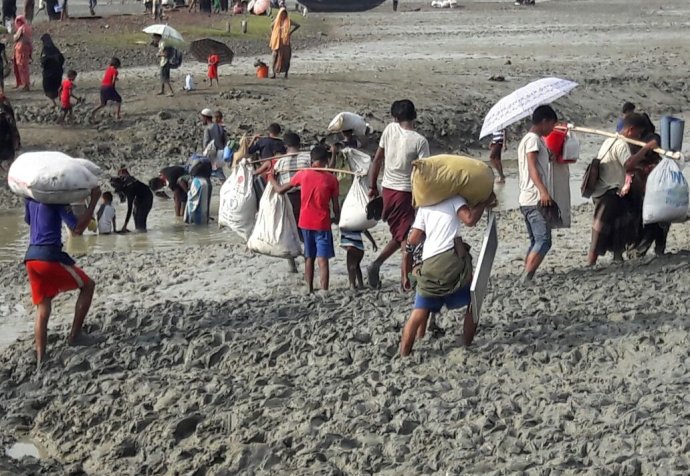The camp itself is a health risk
Health conditions in the camp are alarming and deadly outbreaks of communicable diseases such as measles and diphtheria have already occurred. The upcoming rainy season, which usually starts in April, resents a greater risk of waterborne diseases such as acute watery diarrhoea, typhoid, hepatitis, malaria and dengue. Due to complete deforestation and topography of the camps, the risk of mudslides and flooding during the upcoming rainy season is very high. The majority of the hastily-constructed latrines and wells require decommissioning or rehabilitation as flooding could contaminate drinking water. Heavy monsoon rains and high winds will potentially flood large areas and destroy flimsy shelters, which could lead to the further displacement of tens of thousands. Presently there appears to be nowhere for the Rohingya population to seek shelter.




